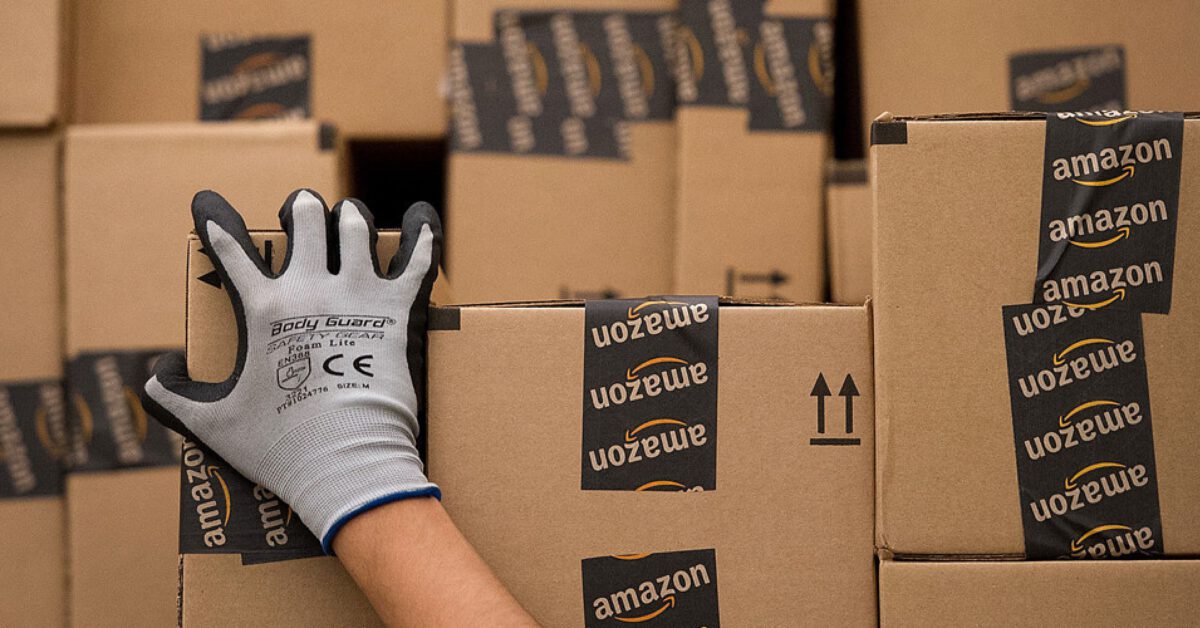
When news broke a couple months ago that Amazon, the online retailer behemoth, named the US auto parts industry as its newest target market, brick-and-mortar retailers like Auto Zone, O’Reilly Auto Parts, and Advance Auto Parts started scrambling like a last-minute March Madness bracketeer.
Just a few short weeks later, and the online retailer has already given a whole other industry a reason to shake in their (thigh-high) boots: lingerie corporations. Mid-February, Amazon announced that they were taking the undergarment e-commerce market by storm by selling their own line of intimate apparel exclusively on the internet.
The Amazon Effect
What does this new lingerie line have in common with automotive service parts? The short answer: The Amazon Effect. By serving up goods at an almost laughably competitive price difference than most storefronts, along with a delivery time and tracking experience that resembles the love child of Jimmy Johns and Uber combined, Amazon is waging war on the consumable goods market, auto parts and lingerie serving as their top target markets.
[bctt tweet=”.@Amazon is waging war on the #consumablegoods market, starting with #autoparts and #lingerie.” username=”SyncronSCM”]
The naysayers of the Amazon effect say that online shopping will simply never compare to the in-person buying experience. In the auto parts industry, according to RBC analyst Scot Ciccarelli, Amazon spare parts buyers are “heavy DIY customers,” a.k.a. not your average replacement parts buyer. The argument here is that most casual parts shoppers likely don’t have the information and skill sets needed to comfortably order parts on their own, where experienced customers know exactly what parts that they need.
Strangely enough, a similar argument is being made for the lingerie industry. Historically, lingerie has been one of the longest standing e-commerce holdouts, allegedly due to the difficulty of finding the right size and fit online for such a specific (and personal) product. But on the contrary, it was the hyper-personal aspect of purchasing lingerie that inspired the invention of the Victoria’s Secret brand in the first place.
The Victoria Story
As the story goes, husband Roy Raymond founded the first storefront in 1977 after a few embarrassing trips to the local department store for his wife, Gaye. In a Newsweek interview, Raymond recalled the experience as one riddled with “racks of terry-cloth robes and ugly floral-print nylon nightgowns… and the feeling that the department store saleswomen thought I was an unwelcome intruder.”
After studying the lingerie market for nearly a decade, and a few loans later, Raymond opened the first Victoria’s Secret in Palo Alto. The raging success of the business was quickly followed by expansion and the addition of a mail-order operation, thus introducing the idea of purchasing goods via a visual catalog rather than in-person shopping – a.k.a. the original “online” shopping experience.
So, with the notion that undergarments can be bought essentially sight-unseen not being such a new concept for buyers to get on board with, it’s not surprising that a skilled online retailer like Amazon can convince its buyers to make the move back to a catalog-esque era with their internet intimates. Not to mention, with a shift in modern consumer preferences toward bras with more simple sizing (think: sports bras and bralettes), plus the onslaught of fit surveys and free return deals, Amazon doesn’t seem to have much in the way of making their lingerie brand more attractive to customers – much like with their takeover of automotive spare parts.
The Uber Effect
But the Amazon effect is not the only element at play, here. What’s becoming even more in-demand is what we’re hearing called The Uber Effect, which is a combination of the speed and agility of the Amazon experience, coupled with the ability to see exactly where an item is in transit. Millennials aren’t just used to quick delivery time anymore, but rather intelligent delivery, where they’re in the know every step of the way. It started with their ride-sharing demands, but now it’s creeping into their work and service demands more and more every day.
[bctt tweet=”#Millennials aren’t just used to quick delivery time anymore, but rather intelligent delivery.” username=”SyncronSCM”]
So, what does this mean for automotive spare parts (and lingerie, for that matter) when it comes to staying in the ring? It means that manufacturers who want to survive this new wave of technological expectations need to embrace systems like intelligent price and inventory management, along with an infusion of emerging tech advances like smart wearables and predictive IoT.
By leveraging these modern innovations in the once very traditional after-sales service industry, auto parts and lingerie companies, alike, will be able to withstand the Amazon effect and stay competitive throughout this wave of digitization.